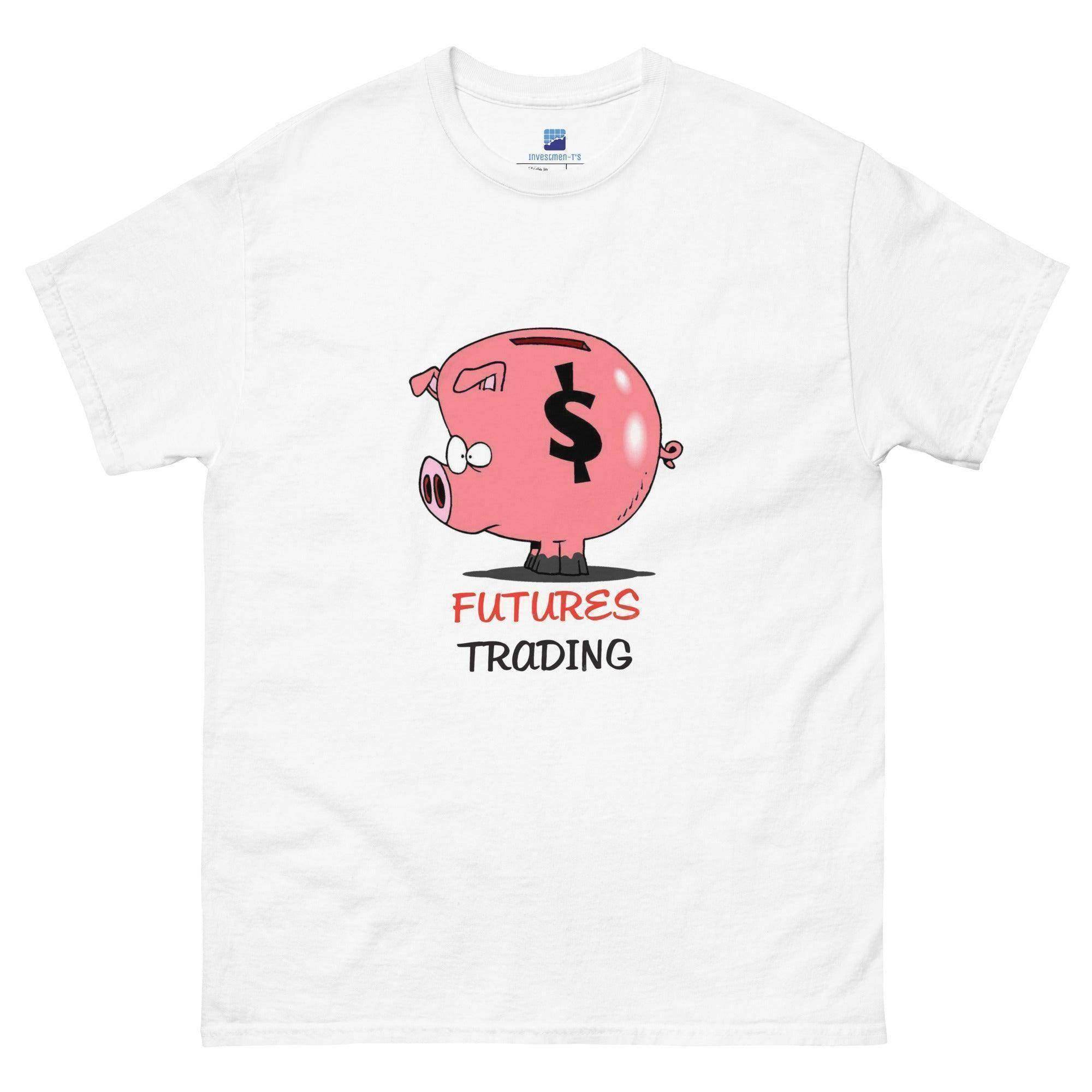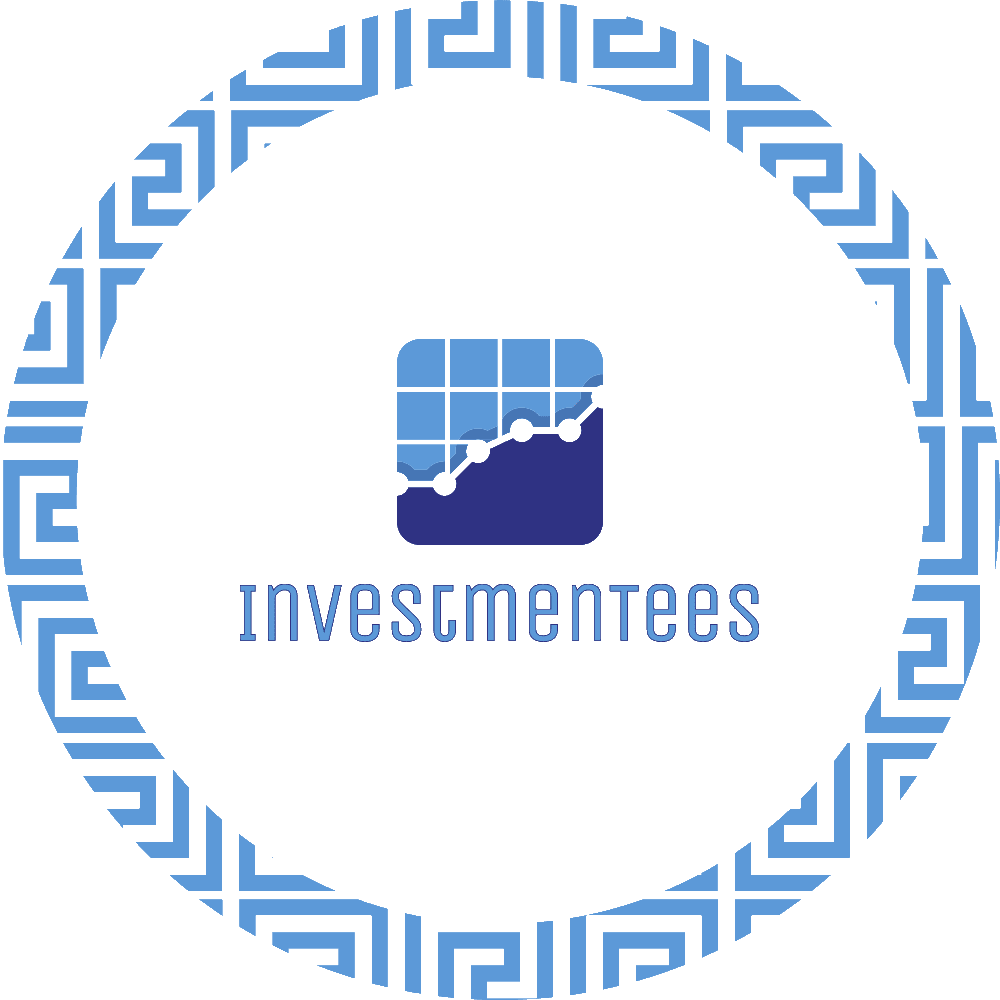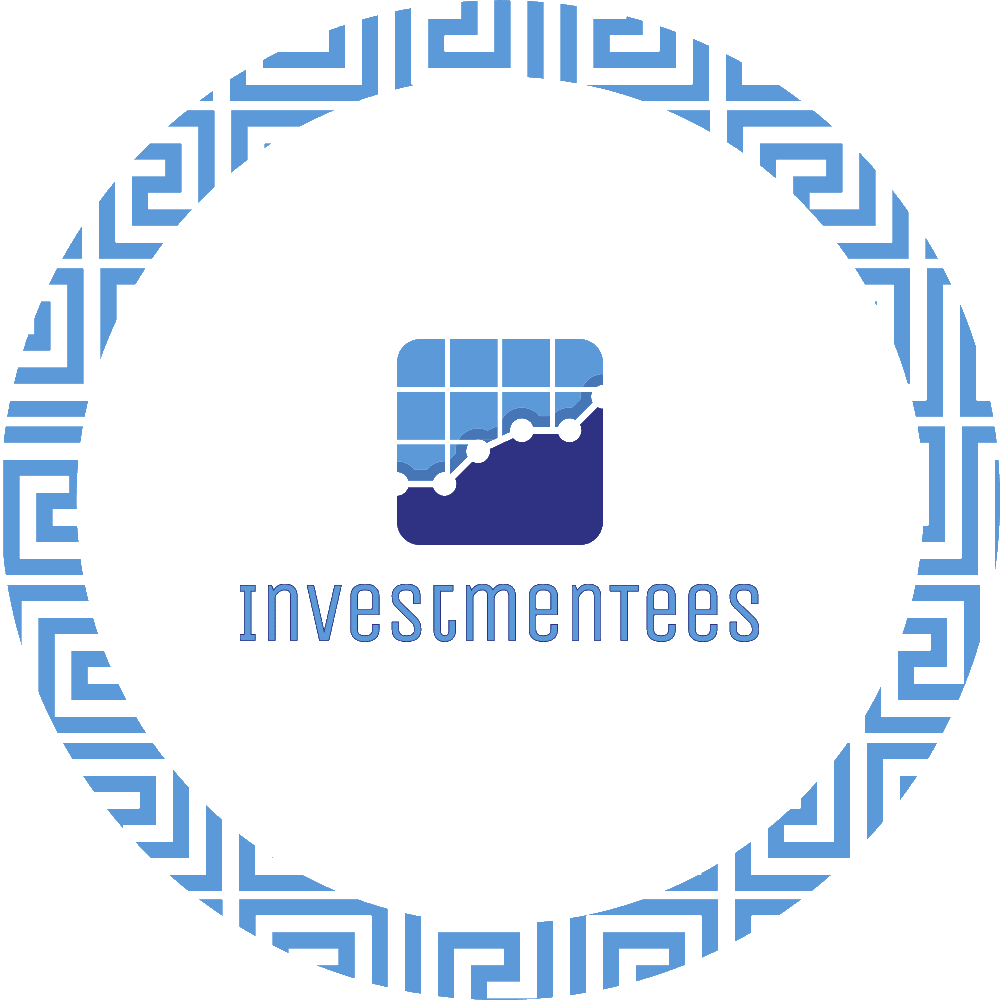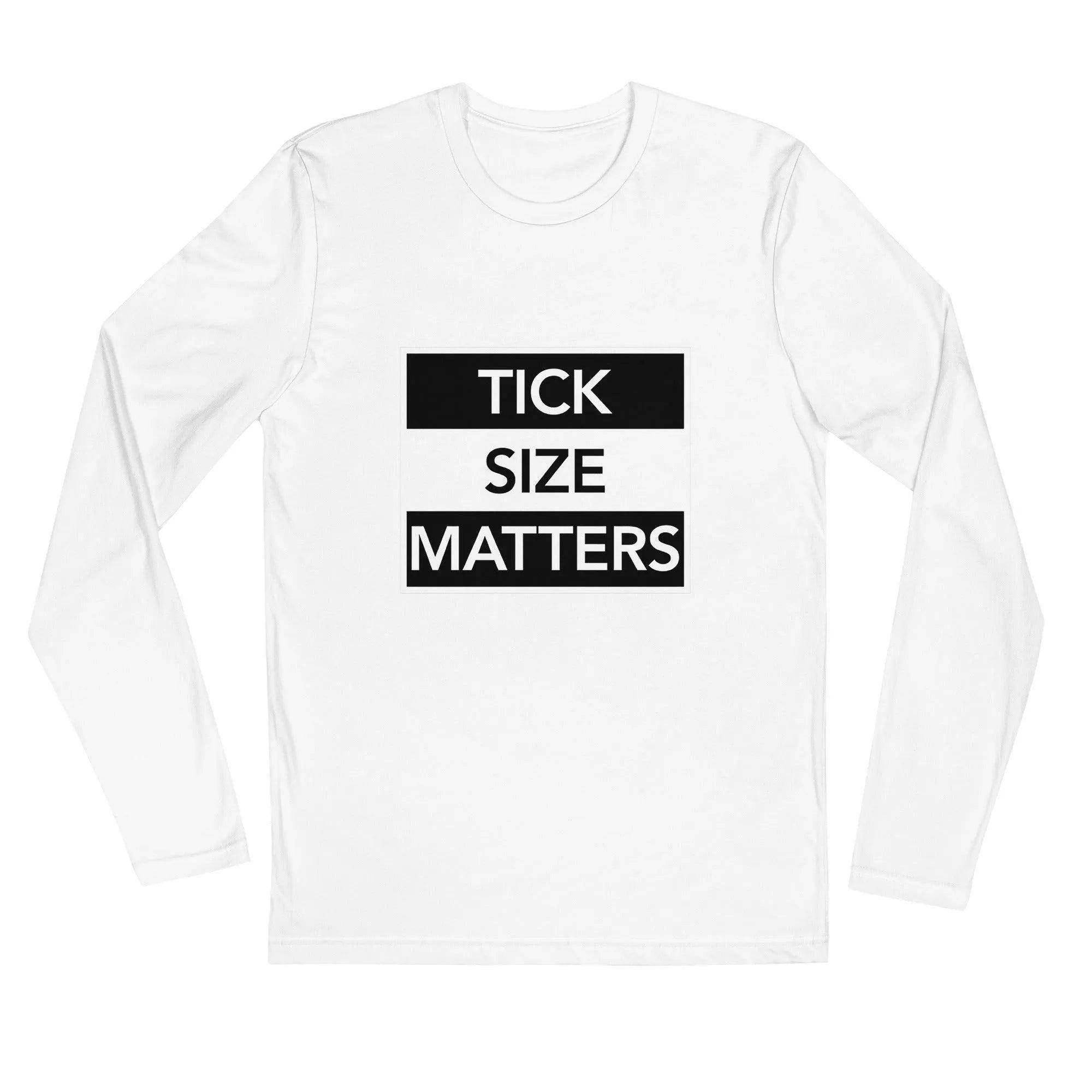
How to Start Trading Futures
Futures trading is one of the most exciting opportunities in the financial markets today, and today, it’s more accessible than ever. At its core, futures trading involves buying and selling standardized contracts that obligate the trader to purchase or deliver an asset at a predetermined price and date in the future. These assets can be anything from crude oil to coffee, stock indices to foreign currencies.
What Are Futures Contracts?
A futures contract is an agreement between two parties to buy or sell an underlying asset at a set price on a future date. Unlike stocks, you don’t necessarily have to own the asset. The goal for many traders is to profit from price changes between when the contract is bought and when it’s sold or expires.
How Futures Trading Works
Futures contracts are traded on regulated exchanges such as the CME (Chicago Mercantile Exchange). Traders take positions by speculating on whether the price of the asset will rise or fall. If your prediction is correct, you profit; if not, you incur a loss.
Key Players in the Futures Market
- Speculators: Traders aiming to profit from price movements.
- Hedgers: Businesses or investors protecting themselves from price volatility.
- Arbitrageurs: Those exploiting price differences between markets.
Why Trade Futures?
With markets becoming more interconnected and volatility offering lucrative opportunities, futures trading has gained popularity among both retail and institutional investors.
Advantages Over Stocks and Forex
- Leverage: Trade larger positions with less capital.
- Diversification: Access to commodities, currencies, and indices.
- Liquidity: High trading volume ensures smoother entry and exit.
- Extended Hours: Many futures markets trade nearly 24/7.
Futures vs. Stocks vs. Options
Unlike stocks, where you buy and hold shares, or options, where you have the right but not the obligation to buy or sell, futures are binding contracts. You can make (or lose) money faster because of the leverage involved.
Common Risks You Need to Know
While leverage can amplify profits, it can also magnify losses. Price volatility can be unpredictable, and without proper risk management, traders can lose more than their initial investment.
Choosing a Futures Market to Trade
The futures market is vast, and your first step should be picking a niche that matches your interest, knowledge, and risk tolerance.
- Commodity Futures: Includes agricultural products (corn, soybeans, coffee), energy (crude oil, natural gas), and metals (gold, silver).
- Index Futures: Track major stock indices like the S&P 500, NASDAQ, or Dow Jones. These are popular among traders looking to speculate on broader market movements.
- Currency Futures: Allow speculation on the value of one currency against another, such as USD/EUR or JPY/USD.
Setting Up for Futures Trading
Before you place your first trade, you need the right infrastructure in place.
- Selecting a Broker: Choose a broker that offers competitive commission rates, a reliable trading platform, and excellent customer support. Look for those regulated by recognized financial authorities.
- Account Setup and Margin Requirements: Unlike stock accounts, futures accounts require margin deposits, which act as collateral. Your broker will set minimum margin requirements for each contract type.
- Trading Platforms and Tools: Modern futures platforms offer advanced charting, market news feeds, and automated order execution. Some popular platforms include NinjaTrader, MetaTrader, and Thinkorswim.
Learning to Read the Market
A successful futures trader must be able to interpret both technical and fundamental factors.
News and Market Analysis Sources
Stay updated with Bloomberg, Reuters, or specialized futures news sources to understand what’s moving your chosen market.
Economic Calendars and Reports
Reports like the USDA crop report or OPEC meetings can move markets significantly. Knowing when they’re released is crucial.
- Technical Analysis Basics: This involves studying price charts, patterns, and indicators like moving averages, RSI, and MACD to forecast potential market movements.
- Fundamental Analysis in Futures: Examines the underlying factors influencing an asset’s price, such as economic data, weather reports, and geopolitical events.
- Combining Technical and Fundamental Analysis: Many successful traders merge both methods to get a comprehensive market view before making decisions.
Futures Trading Strategies
- Day Trading Futures: Focuses on short-term trades, entering and exiting positions within the same day to avoid overnight risk.
- Swing Trading Futures: Holds positions for several days or weeks, aiming to capture medium-term price swings.
- Hedging and Long-Term Positions: Used by investors and businesses to offset risk. For example, a farmer might sell wheat futures to lock in a price before harvest.
Managing Risk in Futures Trading
- Position Sizing: Decide how much of your capital to risk on each trade, typically no more than 1-2% per position.
- Stop Loss and Take Profit Orders: Automate your exits to protect profits and limit losses.
- Trading Plan: A clear, tested strategy helps you avoid emotional decisions during volatile markets. Winging it is a recipe for disaster in futures markets.
- Overleveraging: Using too much borrowed capital can quickly drain your account.
- Ignoring Market News: Major announcements can cause sharp price moves. Always stay informed.
Futures Demo Account
Before trading with real money, beginners should use a demo account to simulate real market conditions. This allows you to test strategies, understand market volatility, and learn how to manage positions without risking actual capital.
Track your demo trades in a trading journal, noting the reason for each trade, entry and exit points, and results. This habit helps identify what works and what doesn’t before you trade live.
Conclusion:
Futures trading offers incredible opportunities, but it’s not for the unprepared. With the right knowledge, tools, and risk management, you can navigate this fast-paced market confidently.
Start small, stay disciplined, and treat it like a business, not a gamble. By understanding how the market works, selecting the right niche, using sound analysis, and managing risk effectively, you can position yourself for consistent profits in 2025 and beyond.
Futures trading is a skill, not a lottery ticket. Keep learning through books, courses, and market observation. Stick to your plan, and don’t let emotions dictate trades. Stay disciplined, avoid emotional trading, and focus on long-term consistency instead of quick profits. With patience and dedication, futures trading can become a profitable and rewarding skill.





Leave a comment
This site is protected by hCaptcha and the hCaptcha Privacy Policy and Terms of Service apply.